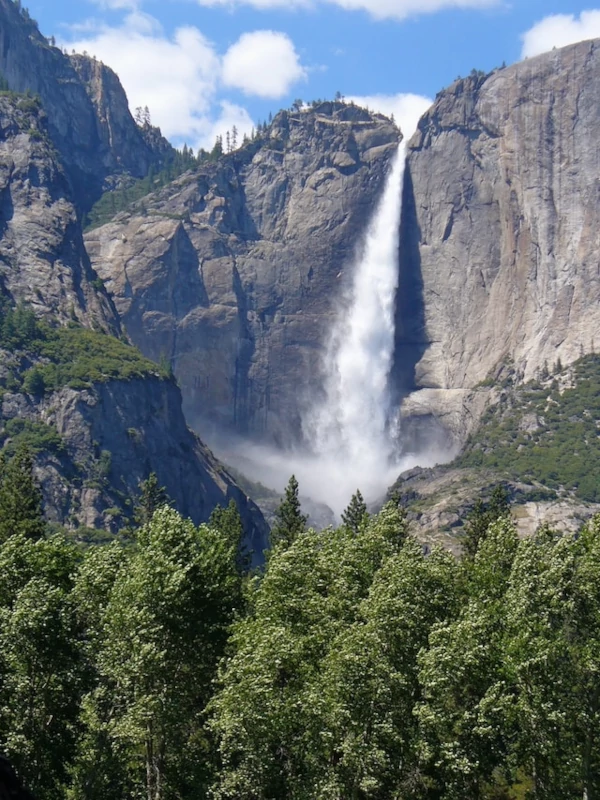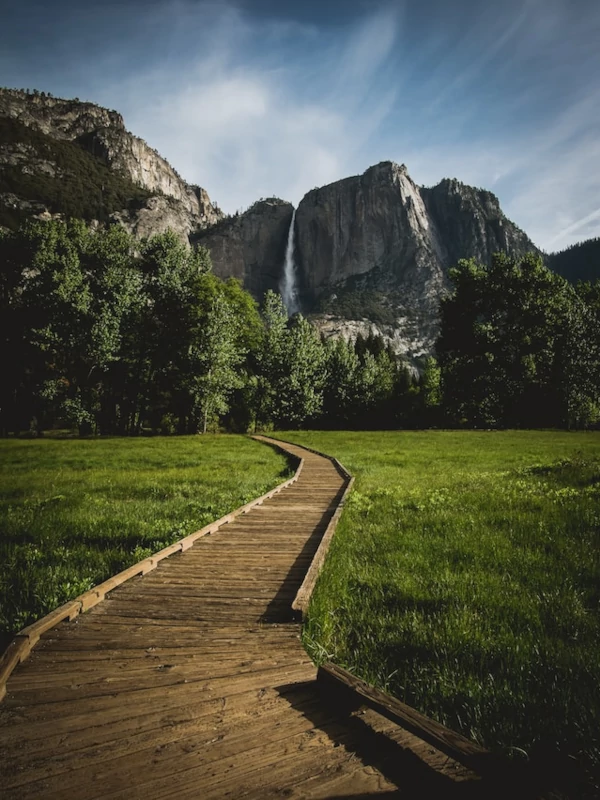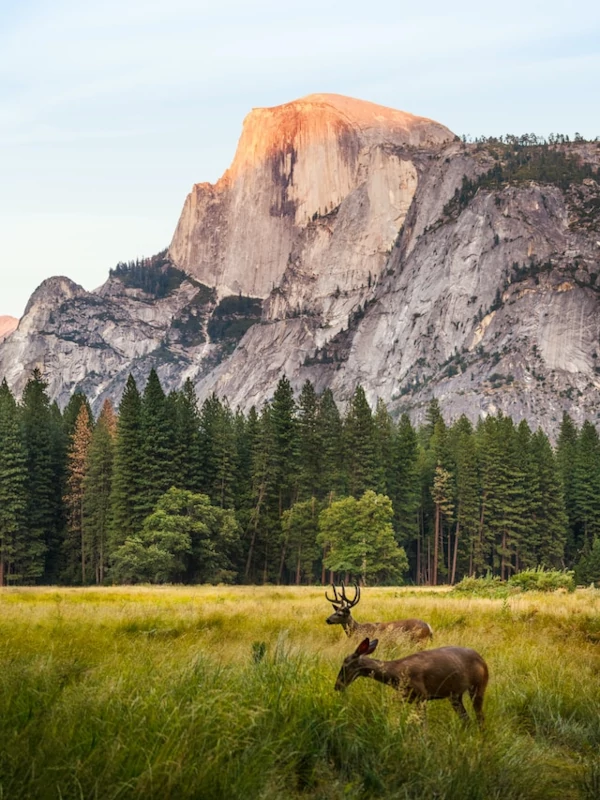Its iconic granite cliffs, including the legendary El Capitan and Half Dome, tower above lush valleys carved by ancient glaciers. The park boasts some of North America's most stunning waterfalls, with Yosemite Falls cascading over 2,400 feet (730 meters) and Bridalveil Fall gracing the landscape with its ethereal beauty.
Yosemite's diverse landscapes, from verdant meadows to serene lakes and ancient sequoia groves, provide a haven for outdoor enthusiasts and nature lovers alike. Hiking trails of varying difficulty levels crisscross the park, offering breathtaking vistas and opportunities to immerse oneself in the wilderness. The park's rich history, from its Native American heritage to the pioneering conservation efforts of John Muir, further enhances its allure. Yosemite's exceptional natural beauty, diverse ecosystems, and cultural significance make it a must-visit destination for those seeking a profound connection with the untamed wonders of the natural world.








